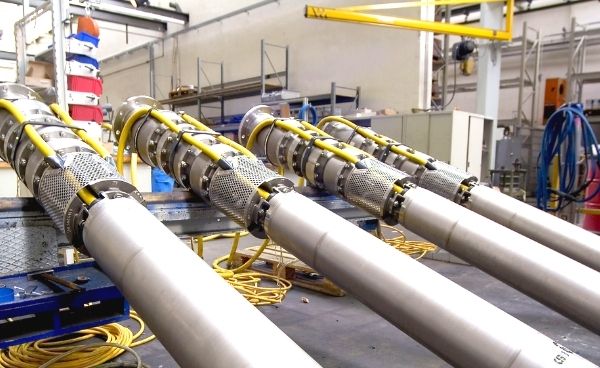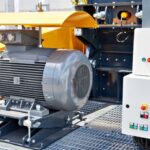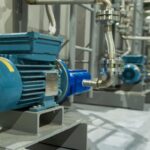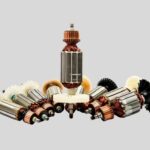4 Most Common Causes of A Critical Failure In Submersible Motors
Submersible motor failures can cause problems both in terms of cost and time-management, but they are preventable. Here, we explore the 4 most common causes of a critical failure in submersible motors and what you can do to avoid them.
Problem no.-1
Temperature
Significant changes in temperature, especially overheating, is the most common form of submersible motor failure. This is because it is both a root problem and a by-product of failures in other areas. When left too long, overheating will almost certainly lead to a critical motor failure.
There are many causes for harmful temperature fluctuations, including incorrect installation, build-up of foreign material outside the motor, low/high voltages, and high ambient water temperature. Without proper attention, these will all lead to rising temperatures.
Overheating can cause cooler fluid to boil, creating steam which leads to high pressure and possible ruptures and/or breakdown of insulation, overheating is one of the key hurdles to overcome when dealing with submersible motors.
Conclusion:
In order to combat overheating it is essential to use materials that are of high quality. It is also important to get the right fit with access to a variety of options that suit different needs. high-quality materials for long and reliable service. Constructed from either stainless steel AISI316, marine bronze, SAF2205, SAF 2507, Cu Ni 90 10, Monel K500, or Zeron 100, they are water-filled, negating the need for coolant.
Problem no.-2
Hydraulic loading:
Commonly referred to as water hammer, hydraulic loading is another common problem for submersible motors. Water hammer describes the process in which water, or another liquid, undergoes a sudden momentum change, resulting in a pressure surge which can shatter brittle thrust bearings like those made of carbon. If the shatter is severe, this can be enough to create a failure.
Conclusion:
Check valves can be a great way to reduce hydraulic loading”
“However, the problem can be exacerbated when check valves in the pump discharge string are of the wrong type or severely corroded. So, it is essential to use the correct type and perform regular maintenance.
Problem No.3
Voltage unbalance:
Voltage unbalance most commonly occurs when there is incorrect sizing of drop-cables and when unequal voltage is sent to each winding. This can create a larger current unbalance that drives temperatures up. The resulting overheating can severely decrease the life of the motor and cause critical failure.
Conclusion:
To avoid this, motors can be designed to operate with a higher resistance level which will decrease the required full load current and size of the drop cables. Otherwise, an appropriately sized cable must be used. Larger power cables are a straightforward solution that will ultimately greatly reduce the risk of motor failure.
Problem No.4:
Voltage spikes:
High-risk events like storms and lightning strikes can cause spikes in voltage that the motor insulation is not designed to handle. When this occurs the insulation can be damaged, causing further overheating. In extreme cases, lightning can even burn a hole in the motor casing.“While avoiding lightning strikes may be impossible, it is advisable to invest in external surge protection,”
These devices will conduct excess current until the voltage drops to an acceptable level and must be selected carefully.
Achieving high design standards in submersible motors please maintains the highest standard of design to ensure the safety and longevity of its submersible motors. The standard motor is designed so that it can operate in water up to 50°C ambient.
“All patterns and castings are subject to extensive quality checks to ensure units are manufactured to handle all conditions, including severe offshore.




